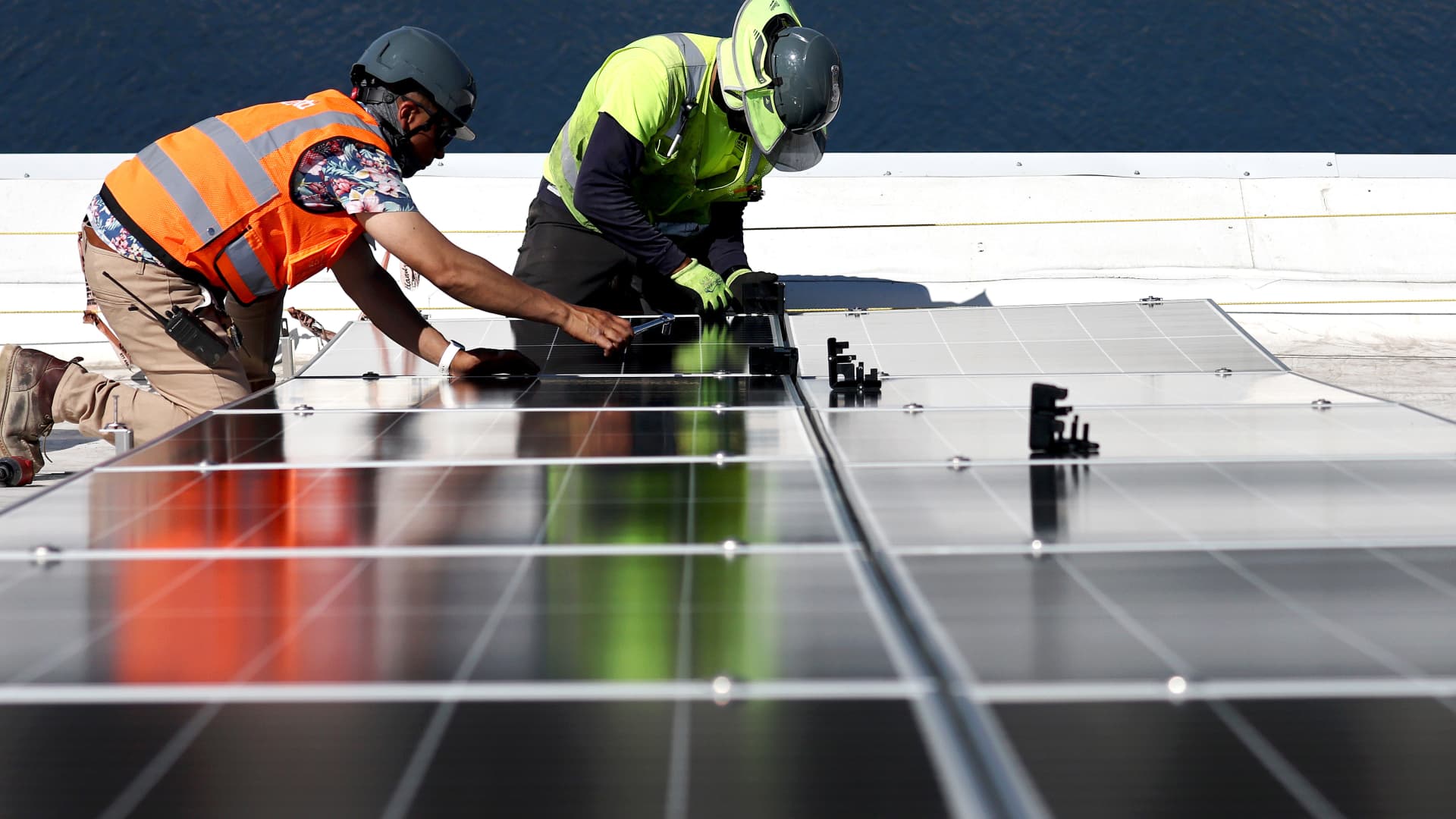The unemployment rate for Black workers fell slightly in July as the broader labor market remains tight.
Black workers’ jobless rate fell to 5.8%, according to the Labor Department on Friday. That’s down from 6.0% in June. It’s also lower than the 6.0% rate from the year-ago period. Broken down by gender, Black men’s unemployment rate fell to 5.3% in July from 5.9% in June. Meanwhile, Black women’s jobless rate declined to 5.2%, down from 5.4% the prior month.
Those figures reflect continued tightness in the broader labor market. In July, the U.S. unemployment rate was little changed at 3.5%, which is just above the lowest level since late 1969.
“It shows that the labor market is strong and in a good place,” Economic Policy Institute’s Valerie Wilson said. “Even with the hikes, the interest rate hikes, that the Federal Reserve has been implementing, we continue to see unemployment remain low.”
For Black workers, the labor force participation rate, which measures the number of people who are employed or seeking work, also ticked slightly higher, to 62.7%.
The unemployment rate for Hispanic workers also ticked slightly higher, to 4.4% in July from 4.3% in June. The rate for Hispanic men rose to 4.0% from 3.8%. Hispanic women’s rate declined slightly to 4.0% from 4.1%.
Wilson, director of EPI’s program on race, ethnicity and the economy, said the slight rise could be due in part to the higher unemployment rates across the leisure and hospitality industries, transportation and utilities, as well as construction.
“It seems to me that some of these patterns are related to what’s happening in industries where different groups of workers are a larger share of those employed in those industries,” Wilson said.
Meanwhile, Asian workers’ unemployment rate fell to 2.3% in July, a 0.9 percentage point drop from 3.2% in June.
Overall, however, Wilson said, the report showed a positive trend for the labor market, particularly as wage growth continues to show strength even as inflation declines. In July, average hourly earnings gained 0.4% for the month, higher than the 0.3% estimate from economists polled by Dow Jones.
“We’re actually seeing now that inflation is falling faster than wage growth is slowing, which means that real wages are actually growing,” Wilson said.
“Those are signals that we can have a so-called soft landing as the Fed tries to manage and address inflation while also trying to make sure that we continue to have a strong labor market,” Wilson added.
— CNBC’s Jeff Cox contributed reporting.
